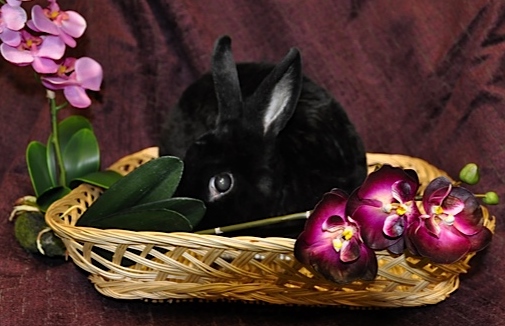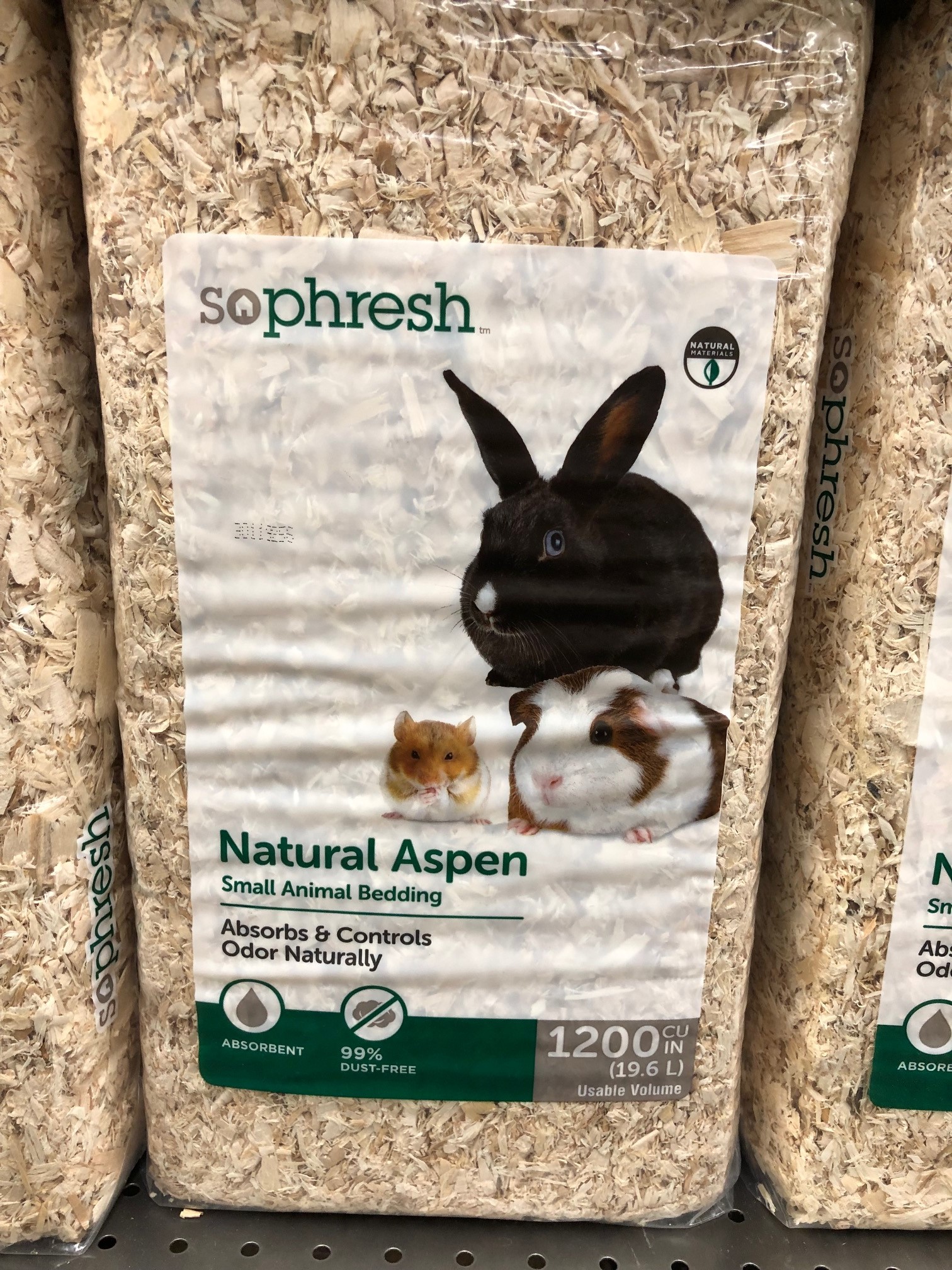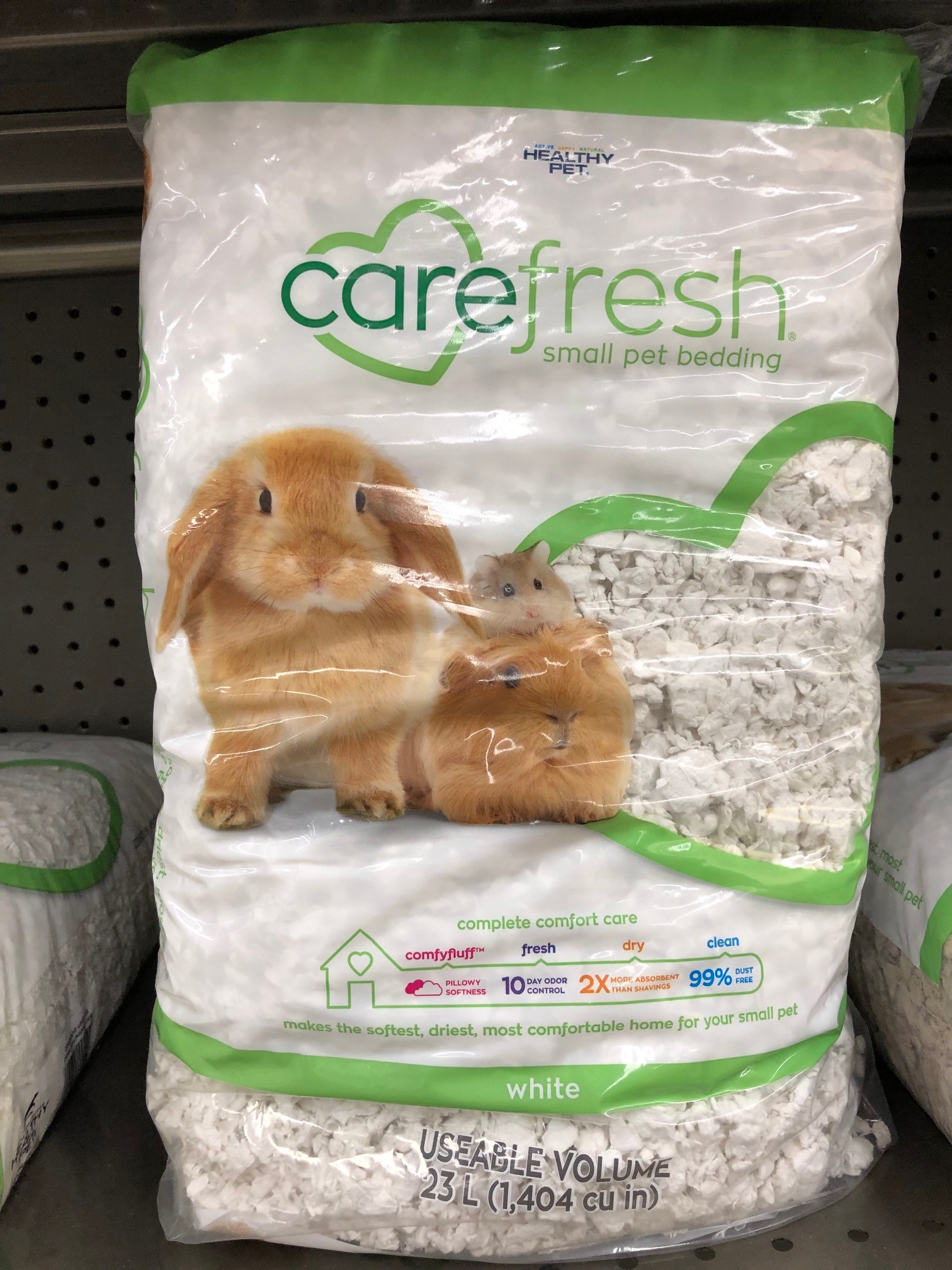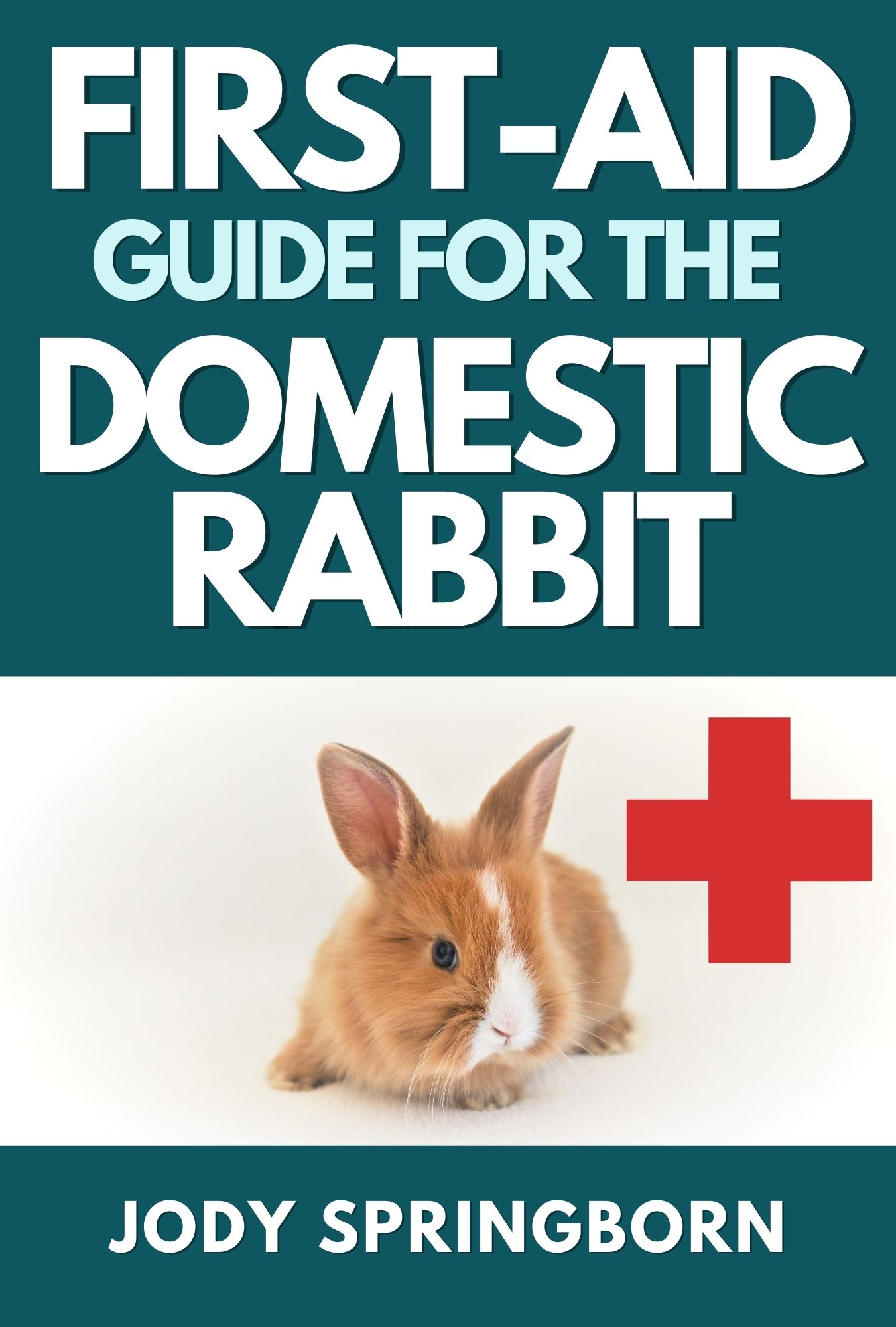- Home
- Rabbit Litter Boxes
- Rabbit-safe Litter
Rabbit-Safe Litter
 Luna
LunaPhoto by Kristina Driskill taken at BunnyLuv Rabbit Resource Center.
What is Rabbit-Safe Litter?
What is rabbit-safe litter and how do I use it? There are a few options out there and you need to keep in mind how your bunny is going to use the box. Expect your bunny to take a nap in it, dig in it, possibly snack on some of the litter and use it as a bathroom. So how do you choose? Let’s narrow it down.
What Not to Use
- Do not use cat litter. The purpose of clumping cat litter is that it clumps when it gets wet. This makes it relatively easy to clean up. One drawback is that clumping litters are usually dusty, which can cause a great deal of respiratory problems. However, the real danger is if the bunny ingests it. The litter clumps together to create an intestinal blockage. This kind of blockage is a medical emergency and extremely painful for the bunny. This is the type of condition which can cause death.
- Do not use pine and cedar. Pine and cedar are softwoods, which produce phenols that can alter the liver enzymes in a rabbit. This will cause the early removal of medications from the rabbit’s system, making treatment more unpredictable and less effective. This is not only true for rabbits, but all of the small pets including chinchillas, guinea pigs, rats and mice. Kiln-dried pine removes many of the phenols which makes it safer.
- Do not use corn cob-based litters. These do not absorb odors very well and the risk of an intestinal obstruction when eaten is high. Again, intestinal obstruction can lead to a painful death.
Rabbit-Safe Litters
Generally, one of two types of bedding is used, either paper-based or wood-based.
Paper-based litters are found in most pet stores and through online retailers, such as Amazon. They are made from recycled paper fibers, are biodegradable and can be composted. Most brands will declare that there are no artificial colors, additives or bleach and practically dust-free. The bedding will often look either fluffy or pelleted. Either is fine and both are safe if ingested by rabbits.
Personally, my favorite rabbit-safe litter is Back-to-Nature. It is a recycled, pelleted paper bedding, but absorbs urine and odor better than similar brands I’ve tried.
On a side note, you want to avoid any litter that includes baking soda. Some companies add baking soda as a natural odor fighter, but it can be dangerous if rabbits ingest it. Mind you, a rabbit would need to ingest A LOT of the bedding for it to become deadly, but this is another danger that can be easily avoided.
Newspapers and flyers: Using your junk mail is a great way to put all that paper to good use. Just be aware that newspapers and flyers do not absorb odor well. You will need to change the box more frequently (probably every 2-3 days, depending on the size of the box and how many rabbits are using it).
 Aspen is a hardwood that can safely be used around rabbits and other small animals. Aspen wood shavings can be easily found in pet stores.
Aspen is a hardwood that can safely be used around rabbits and other small animals. Aspen wood shavings can be easily found in pet stores.Wood-based litter is another suitable choice. Again, I would avoid pine and cedar, and stay with the hardwoods, such as Aspen, Douglas Fir, Oak, etc.
Wood pellets used in wood stoves and grills can be an inexpensive alternative. The pellets will break apart when damp and control odor very well. Do NOT use wood stove pellets that have an accelerant, propellent, or any sort of binders and chemicals added.
Wood stove pellets can be found in hardware stores, such as Home Depot. The disadvantage is that sometimes wood pellets can be harder to find, especially if stores just carry them seasonally in the winter. Wood pellets manufactured for horse stalls are usually available from feed stores. They are usually made from kiln-dried pine, which is safe for rabbits.
Other types of litter include wheat, straw, coconut or walnut shell varieties. Often times you may see more selection in the cat aisle in your local pet store. Just make sure there are no additional additives used.
How To Use Rabbit-Safe Litter
You shouldn’t need very much of it. If you are using something fluffy (like Carefresh), you will want to cover about a 1/2 to 1 inch of the bottom of the litter box. If you are using shavings or something pelleted, you will want to use quite a bit less (just cover the bottom). Of course, you can add more if you find you need better odor control. Remember, no matter what sort of bedding you use (whether paper or wood-based), it should expand when wet, trapping odor and urine.









